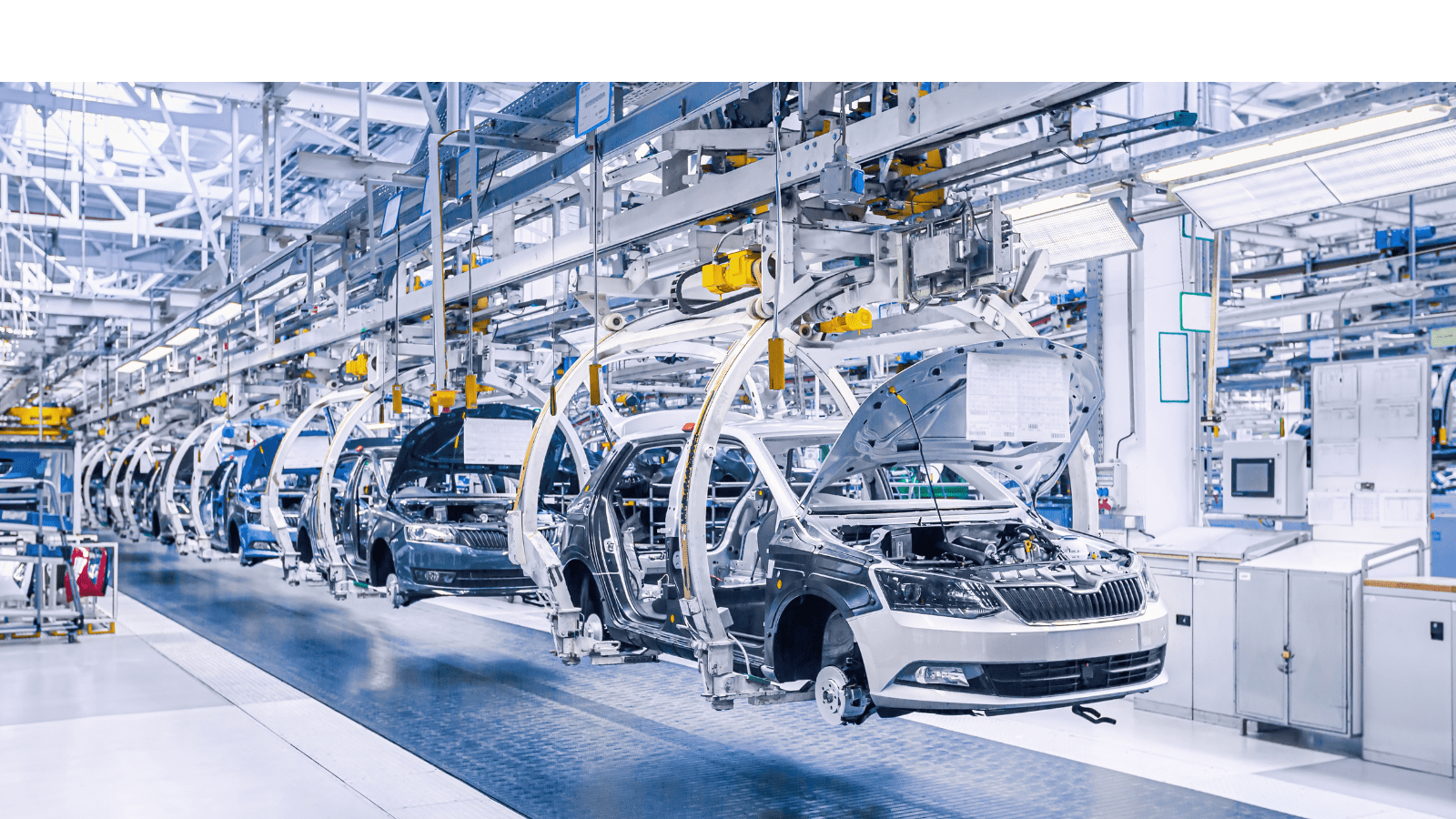PROFITING FROM POLLUTION
How the auto industry is fighting against clean car regulations
This report is supported by a study (See Technical Report) led by Dr. Jonn Axsen, Director of Simon Fraser University’s Sustainable Transport Action Research Team (START). Through economic modeling, the study compares recommendations from auto industry lobbyists and climate groups to analyze the different outcomes from proposed policies to manage Canada’s transition to zero-emission vehicles (ZEVs). Results indicate that a business-as-usual scenario will mean ZEV sales will only account for 39 per cent of new market share by 2035 – and miss all sales targets.
Canada will miss its zero-emission vehicle sales targets unless we back them up with strong regulatory action. Ottawa has a clear choice to make: they can either listen to the auto industry’s costly false solutions and miss our ZEV sales targets or show leadership by delivering real climate action for Canadians with a strong Clean Car Standard. Our report highlights how this policy will meet all sales targets at little to no cost to the Canadian taxpayer, instead making the polluting auto industry pay their fair share to transition to electric vehicles with slightly reduced profits.
Despite their commitments to produce more electric vehicles, automakers have been working through their industry associations, the Canadian Vehicle Manufacturers Association (CVMA) and Global Automakers of Canada (GAC), to push back against this proposed regulation. The auto industry is recommending that the federal government triple EV purchase incentives (from $5,000 to $15,000) as a preferable alternative.
The study reveals that the auto industry is able to capture a significant portion (up to 18 per cent) of the money supposed to go to consumers in the form of purchase incentives for electric vehicles. By raising their EV price markups, they utilize the captured public funds to subsidize the sale of gasoline powered cars. Ultimately, modeling the policy they are lobbying for up to 2035 reveals that it would cost the public purse more than $54 billion dollars, $10 billion of which would get pocketed by the auto industry, and still fail to meet sales targets because the money is used to lower the price of gasoline cars by $2,300 and subsidize their sale instead.


Unless we take strong regulatory action, Canada will miss our zero-emissions sales targets. Our modelling found that:
Zero Emission Vehicle Sales in 2035
The amount of greenhouse gas emissions reduced by a Clean Car Standard
How much a Clean Car Standard would reduce the price of an electric vehicle for the average Canadian consumer
Canada’s ERP contains the commitment to enforce ZEV sales targets. The Clean Car Standard is a regulation that sets clear, annually rising targets for electric car sales, and penalizes car companies that fail to shift their business plans towards a zero-emission future. It works similarly to existing vehicle emissions standards, where targets are set for automakers’ fleets, and enforced by a credit system, with fines for missing credits. The federal government has set sales targets of 20 per cent by 2026, 60 per cent by 2030 and 100 per cent by 2035. Properly designed, the regulation would gradually reduce and effectively phase out the sale of gasoline-powered cars by 2035 by requiring automakers to sell ZEVs instead.
Canada’s federal government is not alone in its pursuit of a strong supply-side EV policy; British Columbia, Québec, California and 15 other U.S. states all have ZEV sales requirements in place. Québec and California have updated their long-standing regulations to target phasing-out sales of new gasoline powered cars entirely by 2035 and other US States have been following suit. The U.S.-Canada market is currently divided into ZEV and non-ZEV provinces and states – in which ZEV states account for 36 per cent of the total North American car market. Adding the rest of Canada would grow this market share to 43 per cent and prompt automakers to significantly accelerate their transition towards ZEVs.
The European Union is taking similar action, by moving to increase the stringency of vehicle emissions standards at an aggressive pace such that they ‘zero-out’ in 2035 and effectively require the sale of vehicles with zero tailpipe emissions. The United Kingdom (UK) is also implementing a Clean Car Standard, set to begin enforcement in 2024. China also has a similar regulatory Clean Car Standard, tied to the near-term target of 25 per cent of sales being ‘new energy vehicles’ (NEVs) by 2025.
Let's take action!
ACKNOWLEDGEMENTS:
Produced by ENVIRONMENTAL DEFENCE. Researched and written by Nate Wallce with contributions by Andréanne Brazeau. Designed by Alex Ross. For a full list of contributors please download the report.
© Copyright August 2022 by ENVIRONMENTAL DEFENCE CANADA. Permission is granted to the public to reproduce or disseminate this report, in part, or in whole, free of charge, in any format or medium without requiring specific permission. Any errors or omissions are the responsibility of ENVIRONMENTAL DEFENCE CANADA.